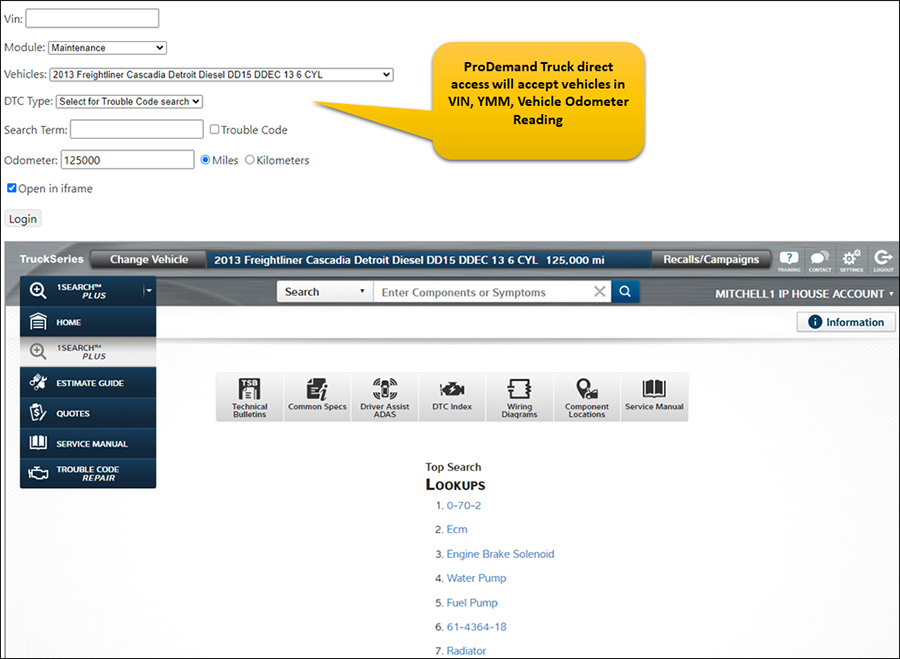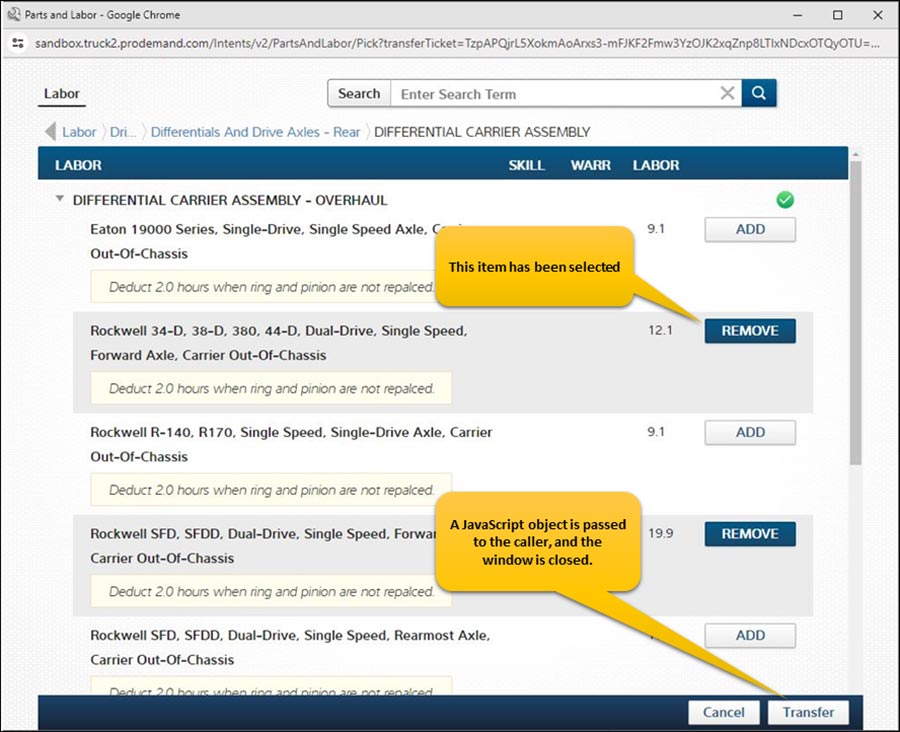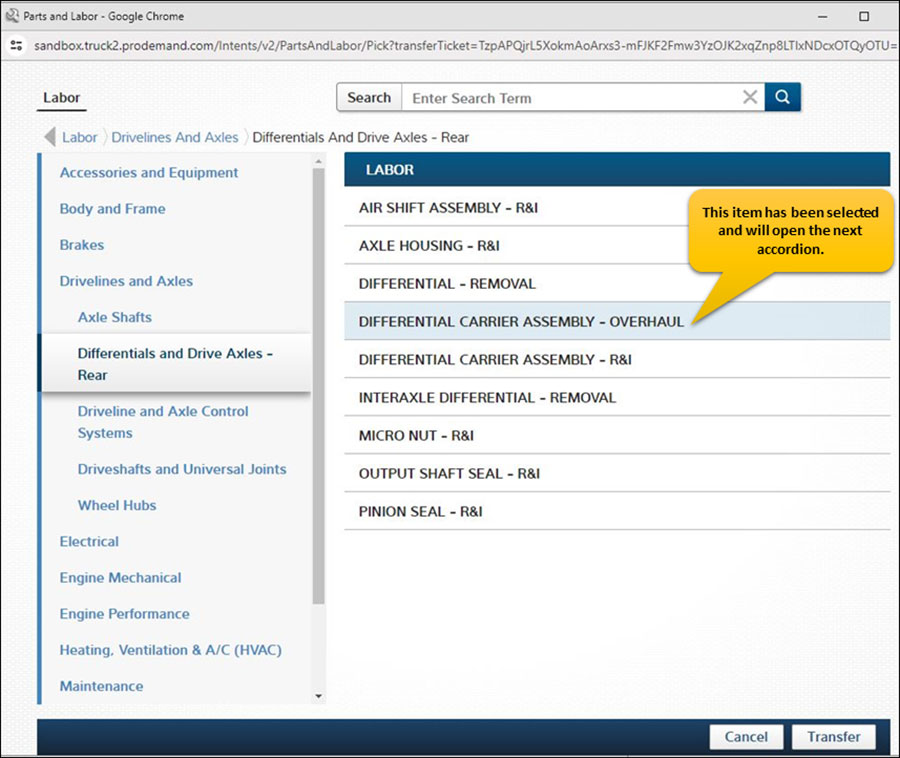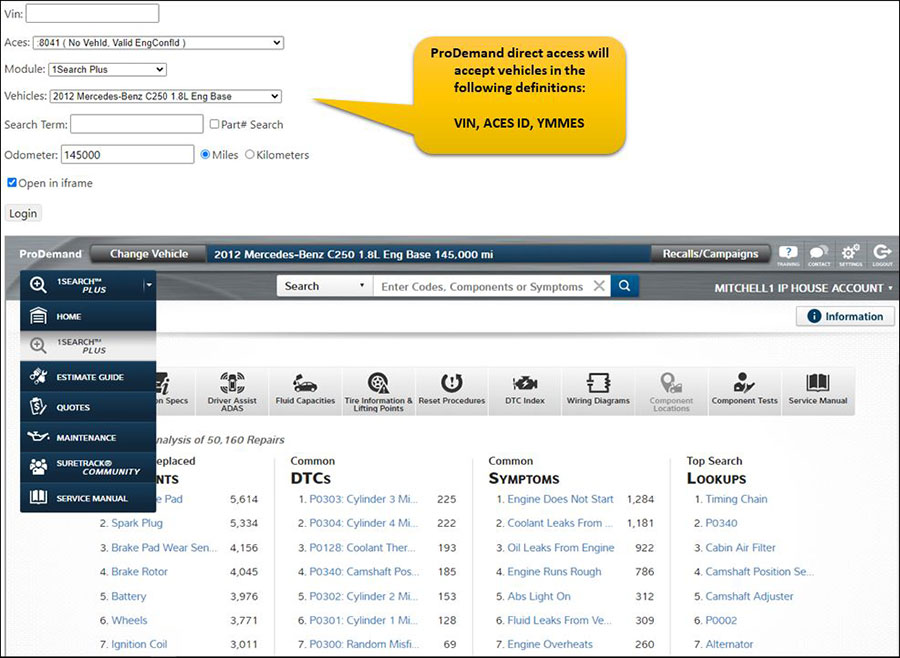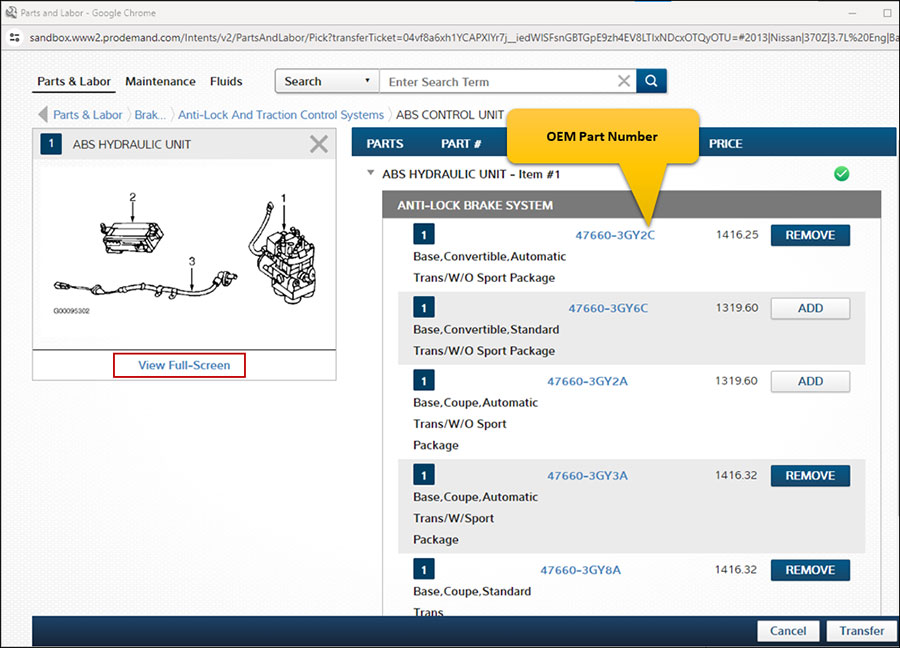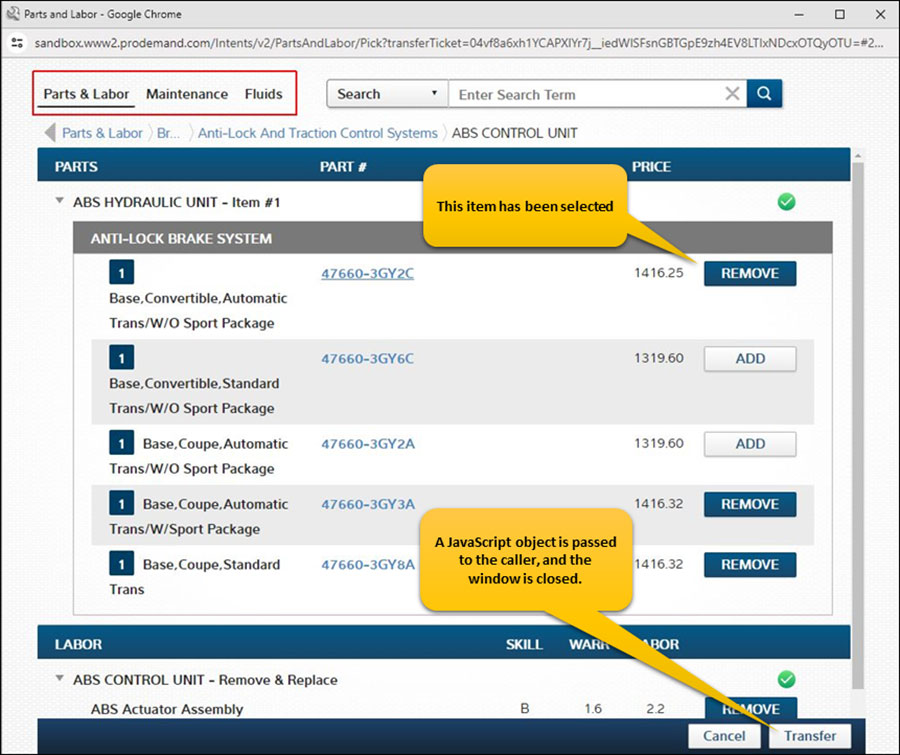Finding the root cause of leaks is important, even if the surfaces and gaskets appear to be in good condition
If it ain’t broke, don’t fix it. Cliché? Well, yes, one would be hard-pressed to find a technician who does not hold a familiarity with that alleged truth. When first considered, the concept in the proverb makes good sense. Granted, the drive to improve vehicle operation has led to virtually thousands of innovations. Little chance exists that inquisitiveness will, or even should be, driven from the technical mind. But what about the “don’t fix it”?
The story of my great-grandpa and his Caterpillar Twenty tractor comes to mind. The operator’s manual indicated an oil change and lubrication service should be performed once a year, regardless of how many hours the tractor was operated. So, religiously following the maintenance instructions, he would go out and change the oil and pump grease in all the required fittings. Never mind that the tractor had not been started, much less operated, over the last year.
Did grandpa’s tractor maintenance schedule help or hurt anything? Other than the cost of materials and quite a lot of old grease oozing out of various points, probably not much harm done. Of course, I cannot discount the fact that I still used (to?) shake hands with the old Cat, discing up the field into the late 1990s until it was sold to a tractor collector.
Fast Forward to Axles on Today’s Trucks
With today’s trucks, there are major components that tend to be ignored because they are largely trouble free – drive axles, for example. As long as there is no oil dripping on the ground or odd noises during operation, making sure the axle has sufficient lubrication is typically all the attention a drive axle gets.
Since an axle does not burn oil, then any reduction of oil in the axle is likely the result of a leak. Over time, sealing surfaces on rotating parts wear, creating a point for a potential leak. Gaskets and seals grow brittle and crack. Consequently, an important part of any axle maintenance is to check for leaks as well as signs of a developing leak.
While repairing leaks is key to helping the axle live a long, happy life, finding the cause for the leak remains just as important. Wear and damage are easy enough to identify. But what if the sealing surfaces and gaskets look good?
Take a Closer Look at the Axle Vent
One point to inspect whenever addressing an axle leak is the inconspicuous vent. As an axle operates, heat develops. As the air in the axle assembly heats up, it expands and will escape through the point with the least resistance to maintain that pressure.
Thus, the axle vent. The vent is typically placed somewhere at the top of the axle housing and may be attached to the end of a hose, reaching higher up to the frame rails. If at any time this vent or hose gets smashed or plugged up, the heated air will try to escape through seals and gaskets causing an oil leak.
While there is hardly a need to reinvent the vent, taking a look at the vent and vent piping for issues when checking the axle oil level makes for a simple maintenance step that could help keep the truck in service.
EDITOR’S NOTE: Check out Jake Schell’s complete line-up of monthly columns in Fleet Equipment Magazine at https://www.fleetequipmentmag.com/author/jake-schell/

